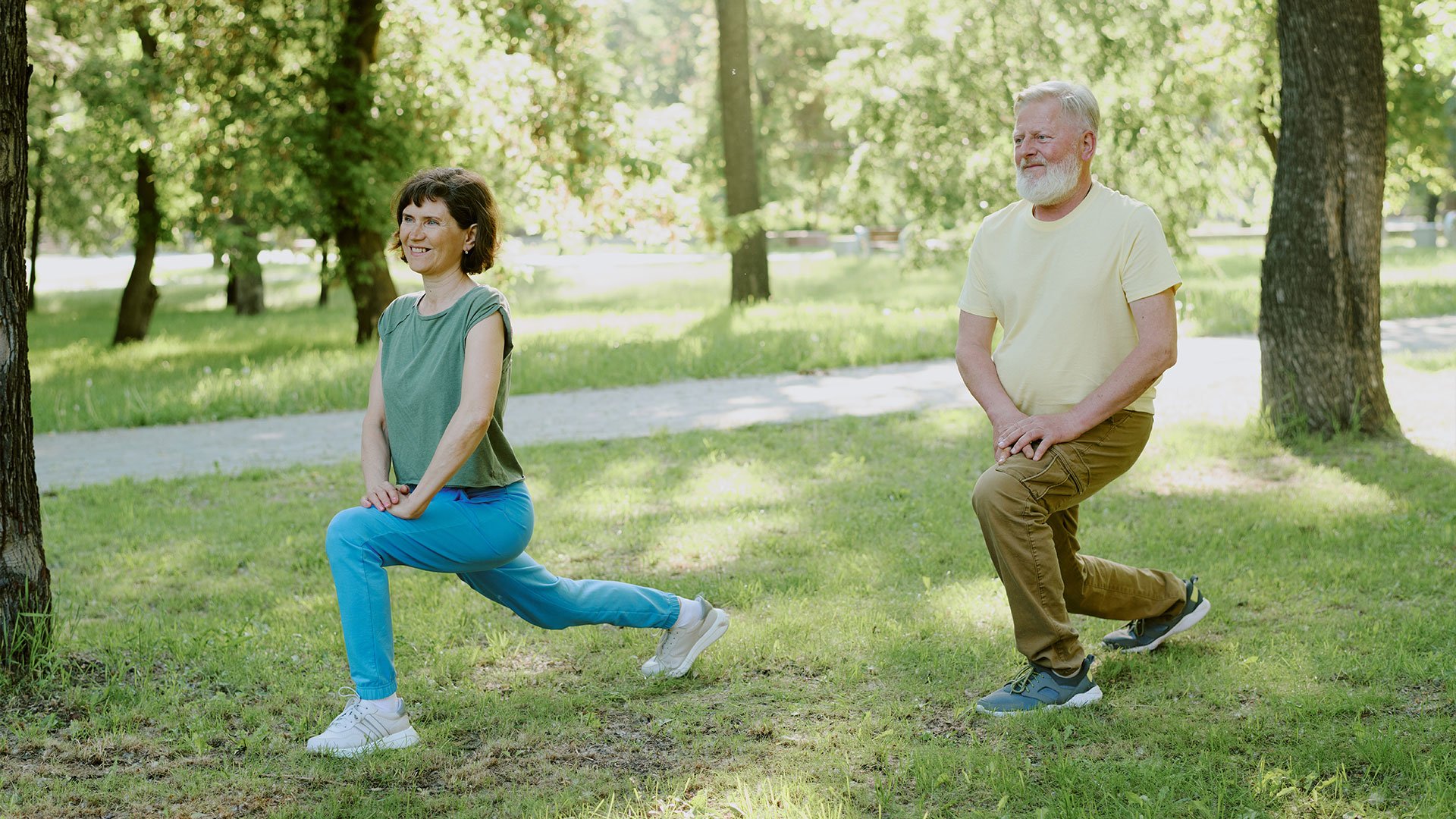Go-To Workout Movements for Neuromuscular and Neurological Disorders: Build Strength, Balance, and Resilience
Living with a neuromuscular or neurological disorder can present unique challenges, but staying active is one of the most powerful ways to maintain strength, mobility, and independence. According to the World Health Organization, neurological disorders are the leading cause of disability worldwide and the second leading cause of death. Statistics paint a stark picture: 24% of people aged 65-72 experience a disability, rising to a staggering 46% for those over 75. Even more sobering, nearly 1 in 3 people globally will face a neurological disability at some point in their lives.
These numbers aren’t just data—they’re a wake-up call. Whether you’re currently managing a condition or preparing your body for the future, what you do now matters. Exercise can’t cure a neurological or neuromuscular disability, but it can improve your quality of life, enhance balance, and reduce the risk of falls. Below, we’ve outlined three go-to workout movements tailored for individuals with these conditions. Each exercise is designed to be adaptable, safe, and effective—helping you build a stronger, more resilient version of yourself.
#1 Supported Lunges: Boost Balance and Unilateral Strength
Supported lunges target unilateral (single-sided) strength, balance, and kinesthetic awareness—key factors in fall prevention for those with neuromuscular or neurological disorders.
Reps and Sets: Aim for 10-12 reps per side, 3-5 sets, performed in a slow, controlled manner with no weight.
Equipment: Use a sturdy third point of contact (like a chair, railing, or wall) for stability.
How to Perform
You can start in an upright standing position, holding onto your support.
Step one leg back into a lunge, lowering your rear knee as close to the ground as possible without losing control.
With minimal assistance from your upper body, you can just step the rear leg forward to return to standing.
Option 1: Complete all reps on one side before switching (more challenging).
Option 2: Alternate sides each rep (easier on balance).
For novelty: Lower into the lunge over a 3-second count before the knee nears the floor.
Why It’s Essential
This movement strengthens each leg independently, improving coordination and stability—crucial for anyone with a neurological disability affecting motor control. The support ensures safety while you build confidence.
#2 Bodyweight or Weighted Squat: Enhance Mobility and Bilateral Strength
Squats build bilateral (both sides) strength, improve mobility, and enhance balance and kinesthetic awareness—another powerhouse for fall prevention.
Reps and Sets: Perform 8-12 reps for 3-5 sets, with or without light weight (e.g., a small dumbbell or water bottle).
Equipment: Hold onto a stable surface for balance; use a chair or box behind you for added safety.
How to Perform
Begin standing with feet shoulder-width apart, holding your support.
Push your hips back as if sitting down, keeping your chest upright.
Bend your knees and lower until your hips align with your knees or you touch the chair/box behind you.
Drive through your feet to return to standing, aligning your hips under your shoulders.
For novelty: Lower into the squat over a 3-second count for an extra challenge.
Why It’s Essential
Squats mimic everyday movements like sitting and standing, making them a functional exercise for maintaining independence. The option to sit to a surface builds confidence, especially for those with neuromuscular disorders impacting leg strength.
#3 Tuck Hold or Plank Hold: Strengthen Your Core for Better Balance
These core-focused holds improve stability and balance, providing a strong foundation for all other movements.
Duration and Sets: Hold for 10-30 seconds, 3-5 sets, depending on your ability.
Equipment: Use a padded mat for comfort (especially for the tuck hold).
How to Perform
Tuck Hold
Lie flat on your back on a mat.
Pull both knees toward your armpits, over your belly button.
Lift your head and shoulders off the floor, eliminating space between your lower back and the mat (think “smash the bug” or “press your belly button into the floor”).
Hold and count down your time.
Plank Hold
Start standing, then place both hands on the floor.
Step your feet back until your body forms a straight line parallel to the ground.
Squeeze your ribcage toward your hips and tighten your glutes.
Hold and count down.
Why It’s Essential
A strong core is the bedrock of balance and posture—vital for anyone with a neurological disability. The tuck hold is gentler and floor-based, while the plank offers a progression for those ready to challenge themselves.
Take Control of Your Future Today
The reality is undeniable: neurological and neuromuscular disorders affect millions, and the likelihood of facing a disability increases with age. But here’s the empowering truth—you have the ability to act now. These three movements—supported lunges, squats, and tuck/plank holds—are accessible starting points to build strength, improve balance, and protect your mobility. They’re not just exercises; they’re investments in your future independence.
Start small, listen to your body, and consult a healthcare professional or physical therapist if you’re unsure where to begin. Every rep you complete is a step toward resilience. Which movement will you try first?
Ready to take action?
Bloc Life is committed to empowering all individuals to achieve their health and wellness goals through education and support. Join our adaptive and inclusive community to unlock your full potential.



